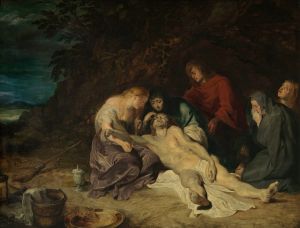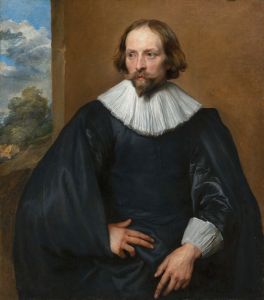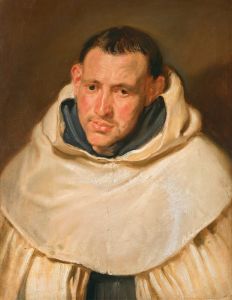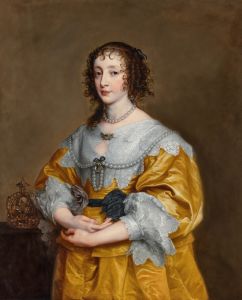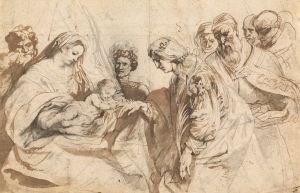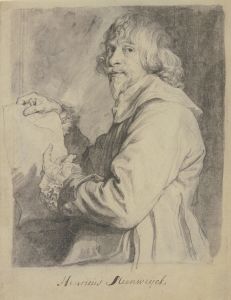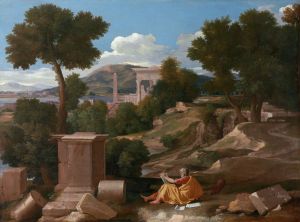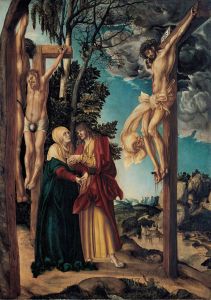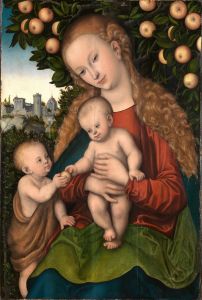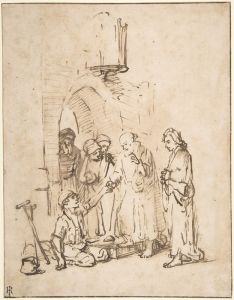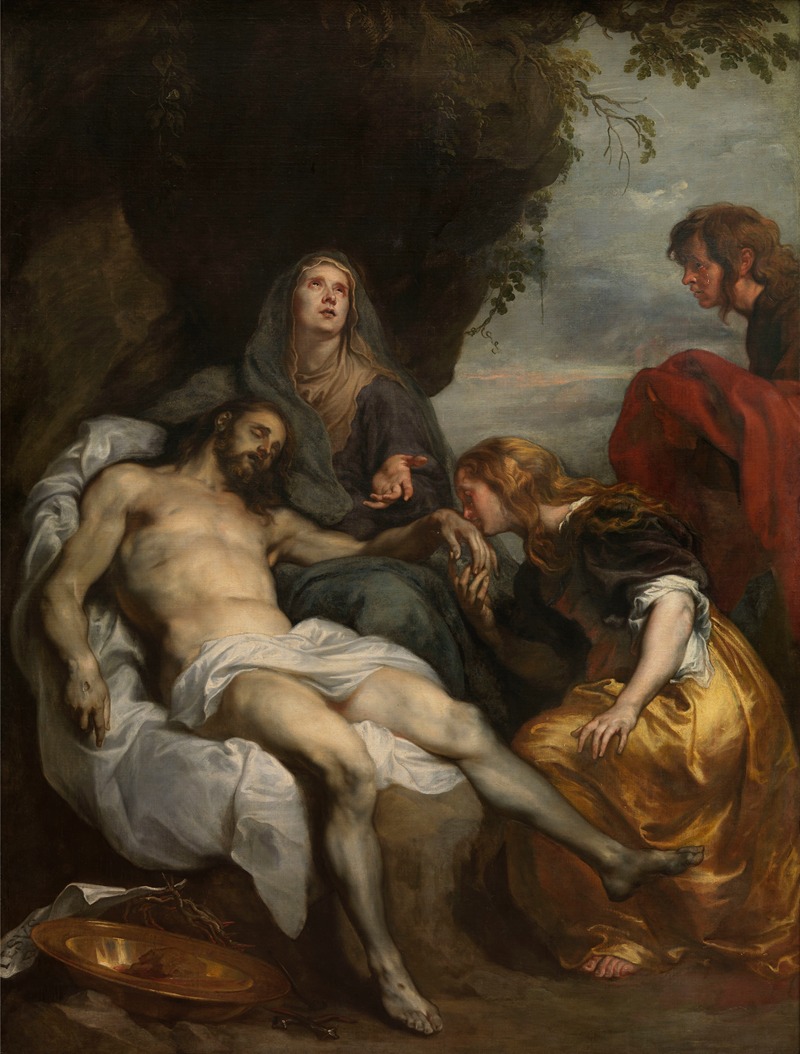
The Lamentation over the Dead Christ
A hand-painted replica of Anthony van Dyck’s masterpiece The Lamentation over the Dead Christ, meticulously crafted by professional artists to capture the true essence of the original. Each piece is created with museum-quality canvas and rare mineral pigments, carefully painted by experienced artists with delicate brushstrokes and rich, layered colors to perfectly recreate the texture of the original artwork. Unlike machine-printed reproductions, this hand-painted version brings the painting to life, infused with the artist’s emotions and skill in every stroke. Whether for personal collection or home decoration, it instantly elevates the artistic atmosphere of any space.
Anthony van Dyck's "The Lamentation over the Dead Christ" is a poignant work of religious art that reflects the Baroque period's emphasis on emotion and drama. Van Dyck, a prominent Flemish Baroque artist, was known for his ability to convey deep emotion and intricate detail in his paintings, and this work is no exception.
The painting depicts the biblical scene of the lamentation, where Christ's followers mourn over his body after the crucifixion. This theme was a popular subject in Christian art, as it captures the intense sorrow and humanity of those who were close to Jesus. Van Dyck's interpretation of this scene is both moving and masterful, showcasing his skill in composition and his deep understanding of human emotion.
In the painting, the body of Christ is centrally positioned, drawing the viewer's eye immediately to the focal point of the composition. His lifeless form is depicted with a sense of realism and tenderness, emphasizing the physicality of his sacrifice. Surrounding Christ are the figures of the Virgin Mary, Mary Magdalene, and John the Apostle, each expressing their grief in a distinct manner. The Virgin Mary is often shown with a serene yet sorrowful expression, embodying the duality of her role as both mother and follower. Mary Magdalene, traditionally depicted with long flowing hair, is often shown in a state of deep mourning, her emotions more openly displayed. John the Apostle, the beloved disciple, is typically portrayed with a look of quiet contemplation or sorrow.
Van Dyck's use of color and light in "The Lamentation over the Dead Christ" is particularly noteworthy. The somber palette of the painting, dominated by deep reds, browns, and blacks, enhances the mood of mourning and loss. The artist employs chiaroscuro, a technique that uses strong contrasts between light and dark to create a sense of volume and depth. This technique not only highlights the central figures but also adds a dramatic intensity to the scene.
The composition of the painting is carefully balanced, with the figures arranged in a harmonious yet dynamic manner. Van Dyck's attention to detail is evident in the delicate rendering of fabrics, the subtle play of light on skin, and the expressive faces of the mourners. These elements combine to create a powerful visual narrative that engages the viewer on both an emotional and intellectual level.
"The Lamentation over the Dead Christ" is a testament to Van Dyck's mastery as a painter and his ability to convey complex emotions through his art. The painting not only reflects the religious fervor of the Baroque period but also serves as a timeless reminder of the themes of sacrifice, love, and redemption. Through his skillful use of composition, color, and light, Van Dyck has created a work that continues to resonate with audiences, inviting them to reflect on the profound mystery of the Passion of Christ.





